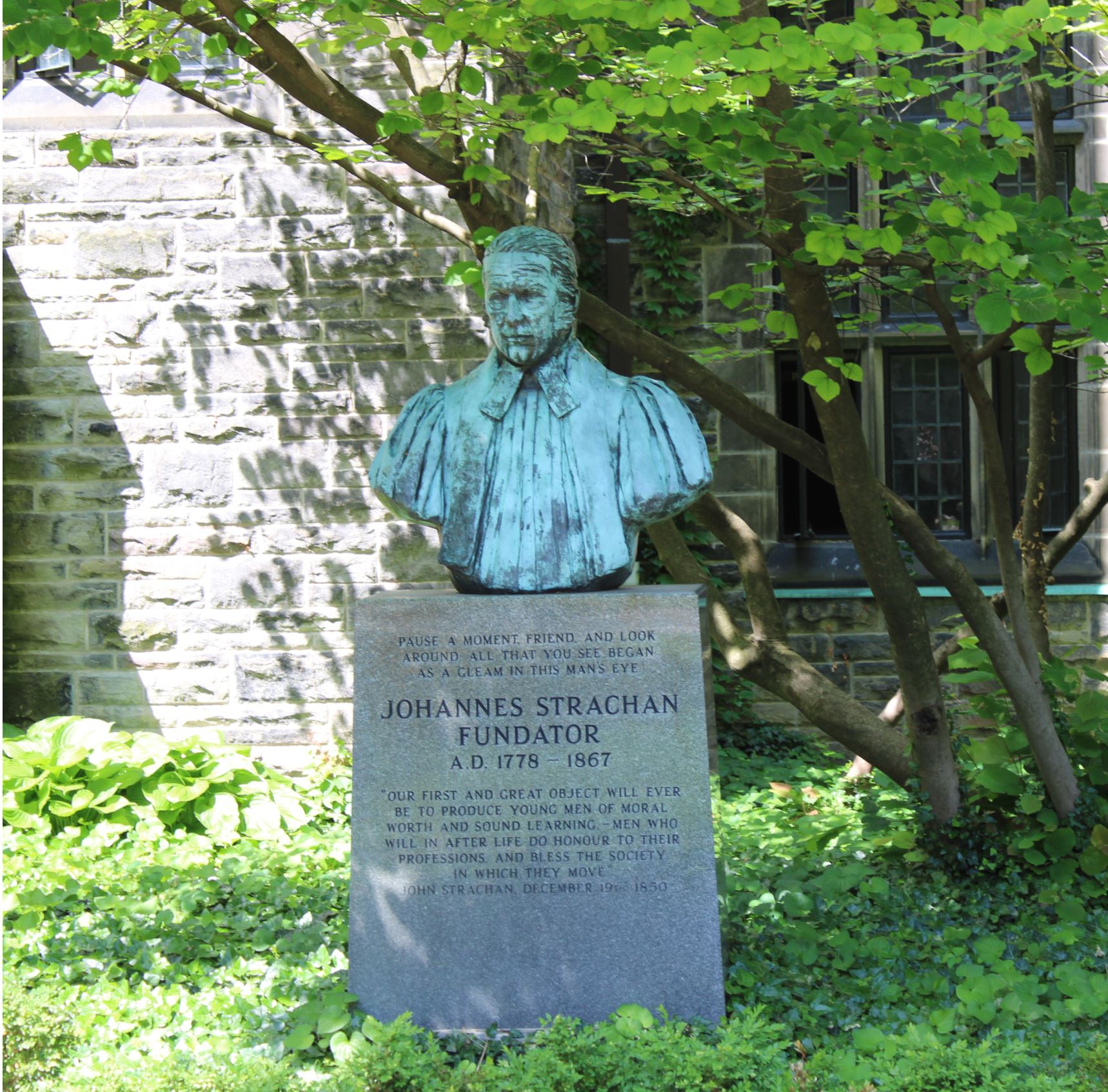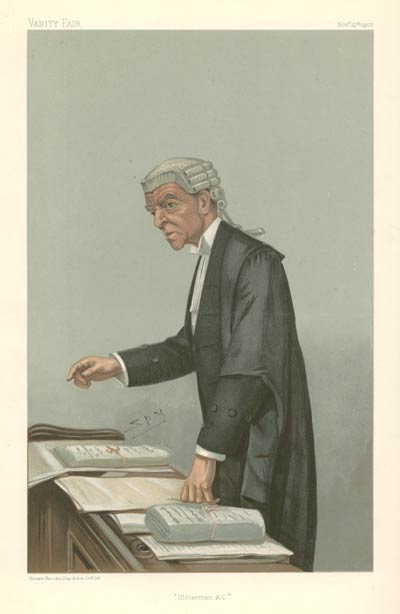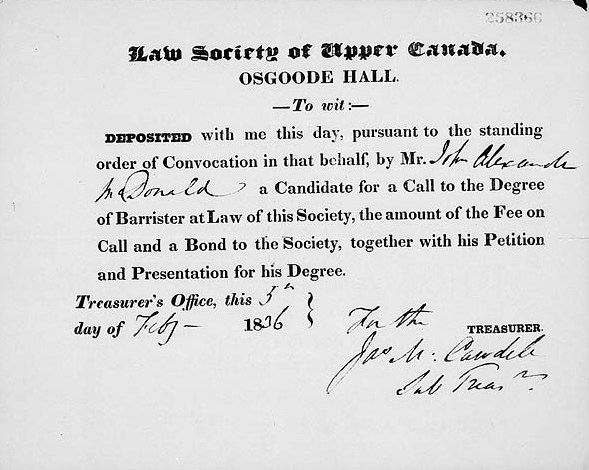|
George Sherwood (Province Of Canada Politician)
George Sherwood (May 29, 1811 – after 1880) was a judge, lawyer and political figure in Canada West. Family and early life Sherwood was born in Augusta Township in 1811, the son of Levius Peters Sherwood and Charlotte Sherwood, daughter of Ephraim Jones. He was of United Empire Loyalist stock on both sides of his family.''The Canadian biographical dictionary and portrait gallery of eminent and self-made men: Ontario Volume'' (Toronto: American Biographical Publishing Co., 1880), pp. 235–236. His older brother, , later became Joint Premier of the |
Hastings County
Hastings County is located in the province of Ontario, Canada. Geographically, it is located on the border of Eastern Ontario and Central Ontario. Hastings County is the second-largest county in Ontario, after Renfrew County, and its county seat is Belleville, which is independent of Hastings County. Hastings County has trademarked the moniker "Cheese Capital of Canada". Administrative divisions The 14 local municipalities within Hastings County are: * Town of Bancroft * Town of Deseronto * Municipality of Centre Hastings * Municipality of Hastings Highlands * Municipality of Tweed * Municipality of Marmora and Lake * Township of Carlow/Mayo * Township of Faraday * Township of Limerick * Township of Madoc * Township of Stirling-Rawdon * Township of Tudor and Cashel * Township of Tyendinaga * Township of Wollaston The Tyendinaga Mohawk Territory is within the Hastings census division but is independent of the county. The cities of Belleville and Quinte West are separated ... [...More Info...] [...Related Items...] OR: [Wikipedia] [Google] [Baidu] |
United Empire Loyalist
United Empire Loyalists (or simply Loyalists) is an honorific title which was first given by the 1st Lord Dorchester, the Governor of Quebec, and Governor General of The Canadas, to American Loyalists who resettled in British North America during or after the American Revolution. At the time, the demonym ''Canadian'' or ''Canadien'' was used to refer to the indigenous First Nations groups and the descendants of New France settlers inhabiting the Province of Quebec. They settled primarily in Nova Scotia and the Province of Quebec. The influx of loyalist settlers resulted in the creation of several new colonies. In 1784, New Brunswick was partitioned from the Colony of Nova Scotia after significant loyalist resettlement around the Bay of Fundy. The influx of loyalist refugees also resulted in the Province of Quebec's division into Lower Canada (present-day Quebec), and Upper Canada (present-day Ontario) in 1791. The Crown gave them land grants of one lot. One lot consisted of per ... [...More Info...] [...Related Items...] OR: [Wikipedia] [Google] [Baidu] |
John A
Sir John Alexander Macdonald (January 10 or 11, 1815 – June 6, 1891) was the first prime minister of Canada, serving from 1867 to 1873 and from 1878 to 1891. The dominant figure of Canadian Confederation, he had a political career that spanned almost half a century. Macdonald was born in Scotland; when he was a boy his family immigrated to Kingston in the Province of Upper Canada (today in eastern Ontario). As a lawyer, he was involved in several high-profile cases and quickly became prominent in Kingston, which elected him in 1844 to the legislature of the Province of Canada. By 1857, he had become premier under the colony's unstable political system. In 1864, when no party proved capable of governing for long, Macdonald agreed to a proposal from his political rival, George Brown, that the parties unite in a Great Coalition to seek federation and political reform. Macdonald was the leading figure in the subsequent discussions and conferences, which resulted in the Brit ... [...More Info...] [...Related Items...] OR: [Wikipedia] [Google] [Baidu] |
Liberal-Conservative Party
The Liberal-Conservative Party (french: le Parti libéral-conservateur) was the formal name of the Conservative Party of Canada until 1873, and again from 1922 to 1938, although some Conservative candidates continued to run under the label as late as the 1911 election and others ran as simple Conservatives before 1873. In many of Canada's early elections, there were both "Liberal-Conservative" and "Conservative" candidates; however, these were simply different labels used by candidates of the same party. Both were part of Sir John A. Macdonald's government and official Conservative and Liberal-Conservative candidates would not, generally, run against each other. It was also common for a candidate to run on one label in one election and the other in a subsequent election. History The roots of the name are in the coalition of 1853 in which moderate Reformers and Conservatives from Canada West joined with '' bleus'' from Canada East under the dual premiership of Sir Allan MacNab ... [...More Info...] [...Related Items...] OR: [Wikipedia] [Google] [Baidu] |
1st Parliament Of The Province Of Canada
The First Parliament of the Province of Canada was summoned in 1841, following the union of Upper Canada and Lower Canada as the Province of Canada on February 10, 1841. The Parliament continued until dissolution in late 1844. The Parliament of the Province had two chambers: the elected lower house, the Legislative Assembly, and the appointed upper house, the Legislative Council. The first general election for the Legislative Assembly was held in April, 1841. Canada East (formerly Lower Canada) and Canada West (formerly Upper Canada)) each had forty-two seats in the Legislative Assembly. The members of the Legislative Council, twenty-four in number, were appointed by the British Governor General, Lord Sydenham. All sessions were held at Kingston, Canada West, with the first session of the Parliament called in June 1841. The Parliament had three annual sessions, but then was prorogued for close to a year due to a political crisis in the relations between the Legislative A ... [...More Info...] [...Related Items...] OR: [Wikipedia] [Google] [Baidu] |
Lower Canada
The Province of Lower Canada (french: province du Bas-Canada) was a British colony on the lower Saint Lawrence River and the shores of the Gulf of Saint Lawrence (1791–1841). It covered the southern portion of the current Province of Quebec and the Labrador region of the current Province of Newfoundland and Labrador (until the Labrador region was transferred to Newfoundland in 1809). Lower Canada consisted of part of the former colony of Canada of New France, conquered by Great Britain in the Seven Years' War ending in 1763 (also called the French and Indian War in the United States). Other parts of New France conquered by Britain became the Colonies of Nova Scotia, New Brunswick, and Prince Edward Island. The Province of Lower Canada was created by the ''Constitutional Act 1791'' from the partition of the British colony of the Province of Quebec (1763–1791) into the Province of Lower Canada and the Province of Upper Canada. The prefix "lower" in its name refers to its geog ... [...More Info...] [...Related Items...] OR: [Wikipedia] [Google] [Baidu] |
Family Compact
The Family Compact was a small closed group of men who exercised most of the political, economic and judicial power in Upper Canada (today’s Ontario) from the 1810s to the 1840s. It was the Upper Canadian equivalent of the Château Clique in Lower Canada. It was noted for its conservatism and opposition to democracy. The Family Compact emerged from the War of 1812 and collapsed in the aftermath of the Rebellions of 1837–1838. Its resistance to the political principle of responsible government contributed to its short life. At the end of its lifespan, the compact would be condemned by Lord Durham, a leading Whig, who summarised its grip on power: Fortified by family connexion, and the common interest felt by all who held, and all who desired, subordinate offices, that party was thus erected into a solid and permanent power, controlled by no responsibility, subject to no serious change, exercising over the whole government of the Province an authority utterly independent of t ... [...More Info...] [...Related Items...] OR: [Wikipedia] [Google] [Baidu] |
Brockville And Ottawa Railway
The Brockville and Ottawa Railway (B&O) was an early railway in Upper Canada, today's Ontario. It ran north from the town of Brockville on the Saint Lawrence River to Sand Point on the Ottawa River. It was built primarily to serve the timber trade on the Ottawa Valley, shortcutting routes that led into the city of Ottawa, further downstream. The first railway tunnel in Canada, the Brockville Tunnel, was dug in order to allow the B&O to reach the port lands on the south side of the city, which sits on a bluff. A second railway company, the Canada Central Railway (CCR), was chartered to run from the B&O at Carleton Place to the LeBreton Flats on the west side of downtown Ottawa. The two companies were later merged under the Canada Central name, and continued to push northward to Mattawa. The line was leased by the Canadian Pacific Railway and merged in 1881, and was later extended to North Bay and Sudbury. CP used the original CC routing as their primary access to Ottawa, joinin ... [...More Info...] [...Related Items...] OR: [Wikipedia] [Google] [Baidu] |
Trinity College, Toronto
Trinity College (occasionally referred to as The University of Trinity College) is a college federated with the University of Toronto, founded in 1851 by Bishop John Strachan. Strachan originally intended Trinity as a university of strong Anglican alignment, after the University of Toronto severed its ties with the Church of England. After five decades as an independent institution, Trinity joined the university in 1904 as a member of its collegiate federation. Today, Trinity College consists of a secular undergraduate section and a postgraduate divinity school which is part of the Toronto School of Theology. Through its diploma granting authority in the field of divinity, Trinity maintains legal university status. Trinity hosts three of the University of Toronto Faculty of Arts and Sciences' undergraduate programs: international relations; ethics, society and law; and immunology. More than half of Trinity students graduate from the University of Toronto with distinction or hi ... [...More Info...] [...Related Items...] OR: [Wikipedia] [Google] [Baidu] |
Church Of England
The Church of England (C of E) is the established Christian church in England and the mother church of the international Anglican Communion. It traces its history to the Christian church recorded as existing in the Roman province of Britain by the 3rd century and to the 6th-century Gregorian mission to Kent led by Augustine of Canterbury. The English church renounced papal authority in 1534 when Henry VIII failed to secure a papal annulment of his marriage to Catherine of Aragon. The English Reformation accelerated under Edward VI's regents, before a brief restoration of papal authority under Queen Mary I and King Philip. The Act of Supremacy 1558 renewed the breach, and the Elizabethan Settlement charted a course enabling the English church to describe itself as both Reformed and Catholic. In the earlier phase of the English Reformation there were both Roman Catholic martyrs and radical Protestant martyrs. The later phases saw the Penal Laws punish Ro ... [...More Info...] [...Related Items...] OR: [Wikipedia] [Google] [Baidu] |
Queen's Counsel
In the United Kingdom and in some Commonwealth of Nations, Commonwealth countries, a King's Counsel (Post-nominal letters, post-nominal initials KC) during the reign of a king, or Queen's Counsel (post-nominal initials QC) during the reign of a queen regnant, queen, is a lawyer (usually a barrister or advocate) who is typically a senior trial lawyer. Technically appointed by the monarch of the country to be one of 'His [Her] Majesty's Counsel learned in the law', the position originated in England and Wales. Some Commonwealth countries have either abolished the position, or renamed it so as to remove monarchical connotations, for example, 'Senior counsel' or 'Senior Advocate'. Appointment as King's Counsel is an office, conferred by the Crown, that is recognised by courts. Members have the privilege of sitting within the inner Bar (law), bar of court. As members wear silk gowns of a particular design (see court dress), appointment as King's Counsel is known informally as ''rec ... [...More Info...] [...Related Items...] OR: [Wikipedia] [Google] [Baidu] |
Law Society Of Upper Canada
The Law Society of Ontario (LSO; french: Barreau de l'Ontario) is the law society responsible for the self-regulation of lawyers and paralegals in the Canadian province of Ontario. Founded in 1797 as the Law Society of Upper Canada (LSUC; french: link=no, Barreau du Haut-Canada), its name was changed by statute in 2018. History The Law Society of Upper Canada was established in 1797 to regulate the legal profession in the British colony of Upper Canada and is the oldest self-governing body in North America. The Society governed the legal profession in the coterminous Canada West from 1841 to 1867, and in Ontario since Confederation in 1867. The Law Society was authorized, although not created, by the ''Act for the better regulating of the practice of the law'', a 1797 statute. Section 1 of the act simply authorized those at the time "admitted in the law and practising at the bar" in the province to form themselves into a "society". The 1797 statute allowed the Law Society to ... [...More Info...] [...Related Items...] OR: [Wikipedia] [Google] [Baidu] |





